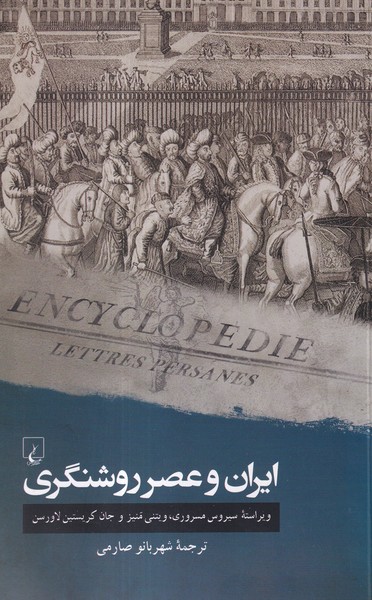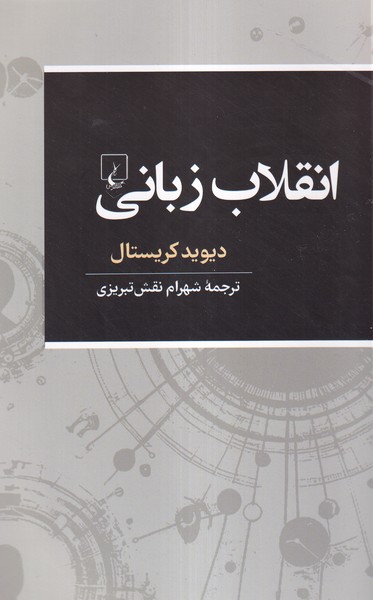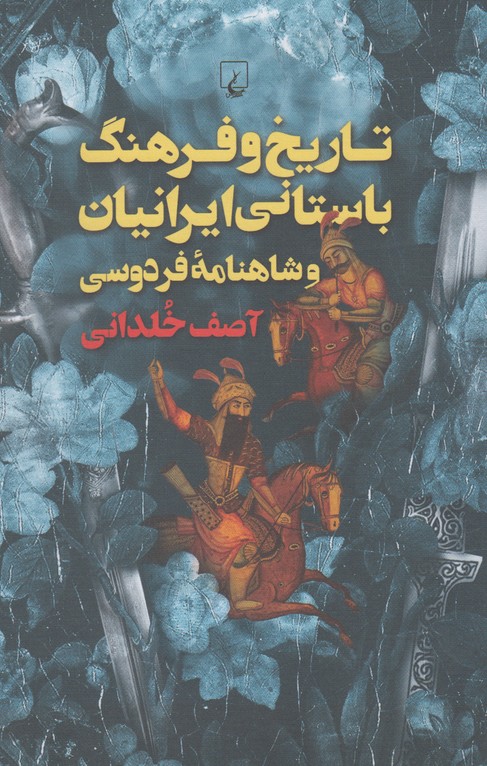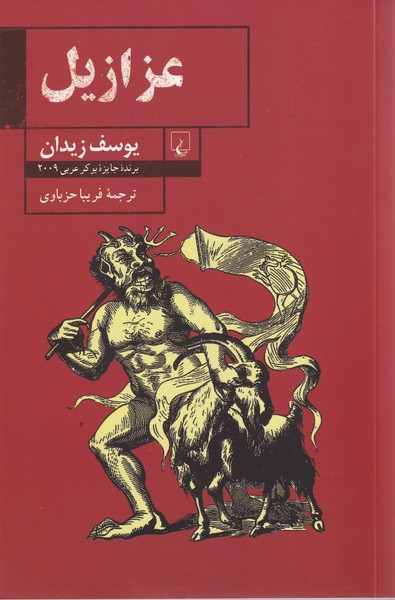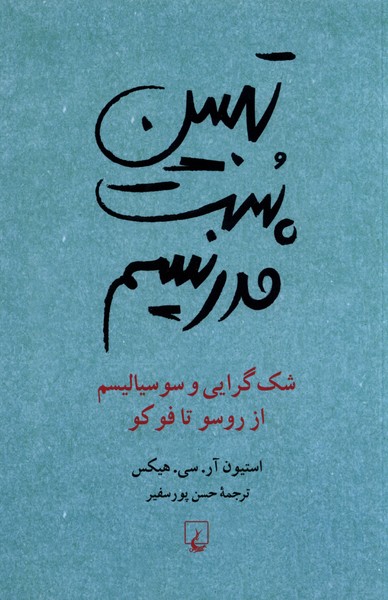مکتب کیوتو فارسی 1400
Maktab-i Kiyutu
200 SEK
اشتراکگذاری
Wishlist
Undoubtedly, there are some intellectual and mystical elements in Japanese philosophy that are very similar to some intellectual elements in the philosophy and mysticism of the Islamic world, and therefore, with comparative studies between Islamic philosophy and mysticism and Japanese philosophy, in addition to the many commonalities between these two philosophies, Gained new insights. One of the secondary goals of this book is to provide a platform for comparative studies. This book examines the Kyoto school in the form of six chapters, which is the only philosophical school in Japan in the contemporary period. In the first and second chapters, the eastern and western roots of this school are examined, and the following chapters are devoted to the description of the philosophical thoughts of Nishida Kitaro, Nishitani Keiji, and Tanabe Hajime. The most key concept in the philosophy of all philosophers of the Kyoto school is the concept of "nothingness" which is explained in philosophical language.
more
بی شک در فلسفه ژاپن برخی عناصر فکری و عرفانی هست که شباهت های زیادی به برخی عناصر فکری در فلسفه و عرفان جهان اسلام دارد و لذا با مطالعات تطبیقی بین فلسفه و عرفان اسلامی و فلسفه ژاپن می توان علاوه بر وجه اشتراک زیاد بین این دو فلسفه به بینش های تازه ای دست یافت. یکی از اهداف فرعی این کتاب نیز فراهم ساختن بستری برای ورود به مطالعات تطبیقی است. این کتاب در قالب شش فصل به بررسی مکتب کیوتو می پردازد که یگانه مکتب فلسفی ژاپن در دوره معاصر است. در فصل اول و دوم ریشه های شرقی و غربی این مکتب بررسی شده است و فصل های بعدی به تشریح اندیشه های فلسفی نیشیدا کیتارو، نیشیتانی کیجی و تانابه هاجیمه اختصاص دارد. کلیدی ترین مفهوم در فلسفه تمامی فیلسوفان مکتب کیوتو مفهوم «نیستی» است که به زبان فلسفی تشریح شده است.
more









